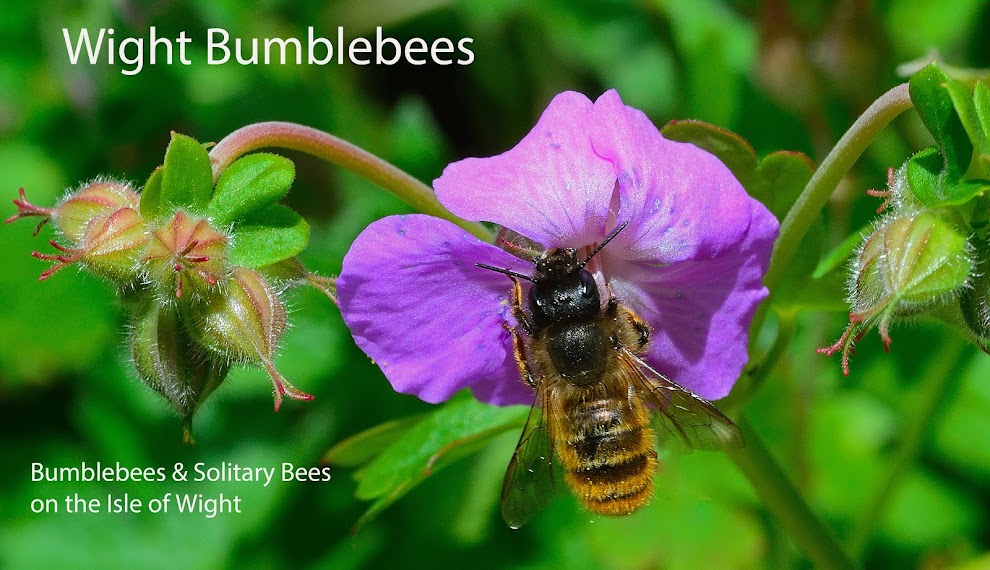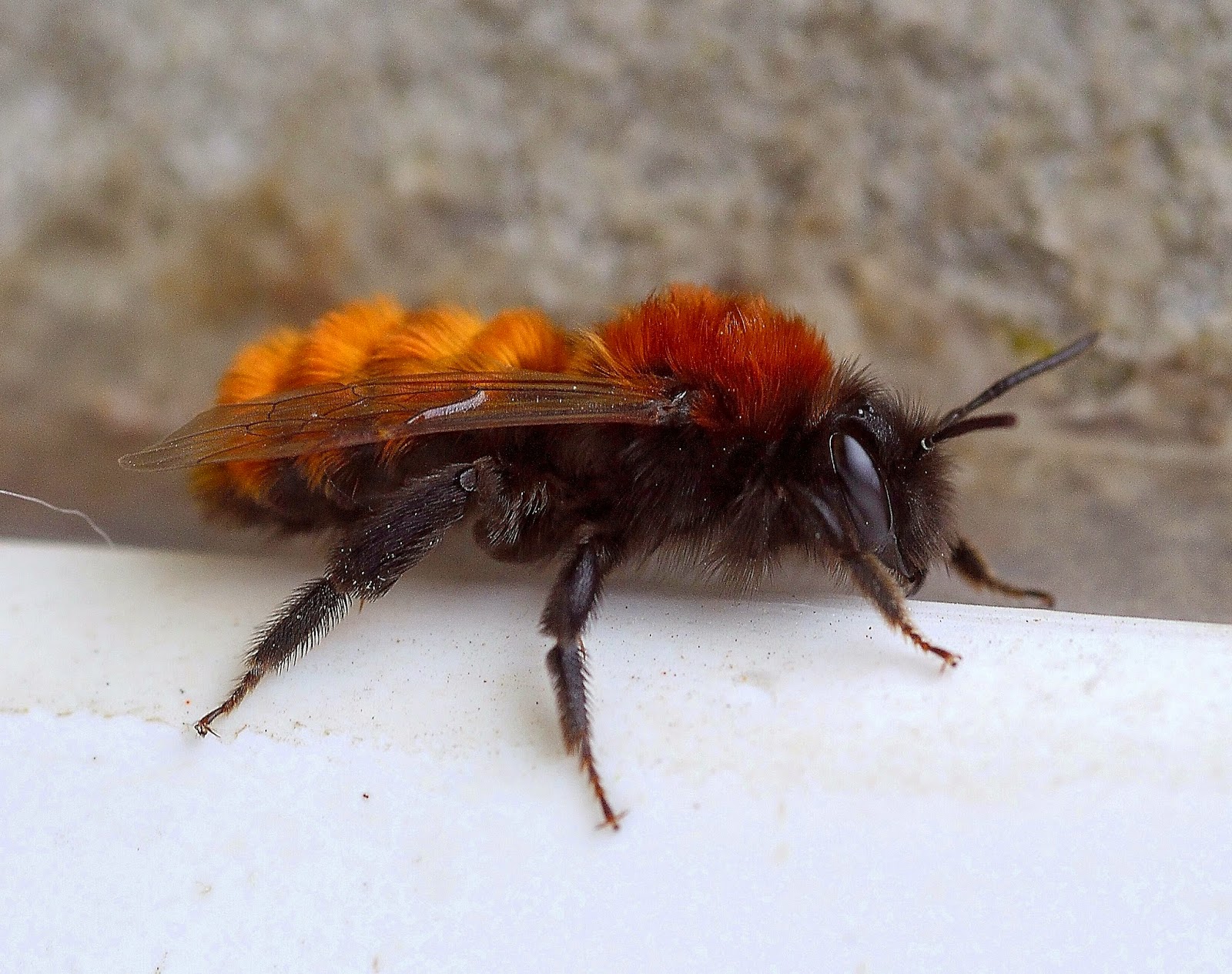While on holiday to the north-eastern Aegean Island of Thassos a visit was made to the Beekeeping Cooperative where the honey is processed and refined. It receives honey from over 100 family-run independent producers who are renowned for their dark caramel coloured pine honey.To give this honey it's delicious taste the bees feed on a white fungus that lives on the local pine trees, as pictured below.This fungus is available to the bees in August so it therefore prolongs the honey making season. The white cotton-like waxy secretion is made by an insect called Marchalina hellenica.
Once taken from the hive the honeycombs are scraped to remove the caps made by the bees to seal each cell. The frames are then placed in an extractor to separate the honey from the comb by spinning, which forces the liquid to the sides of the machine.Gravity then allows the honey to fall to the bottom of the extractor for collection.
After the honey is extracted,it is heated to aid the process of straining.This removes any remaining pieces of wax and any other particles.Finally the honey is bottled and labelled for sale, either to visitors on the premises or for distribution all over the Island and mainland Greece.


















































